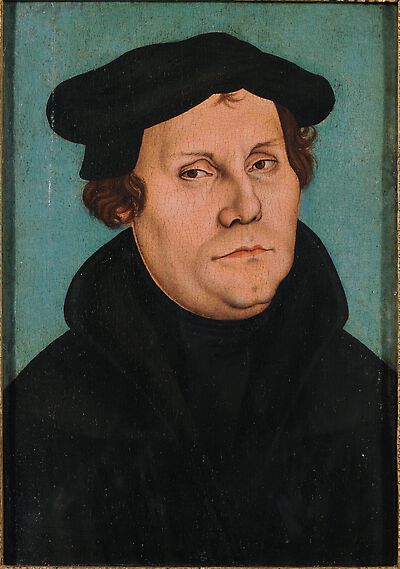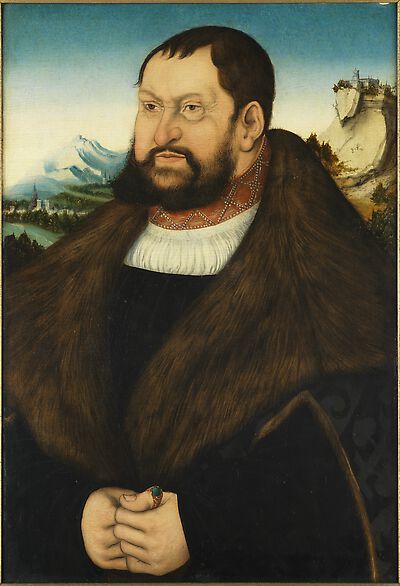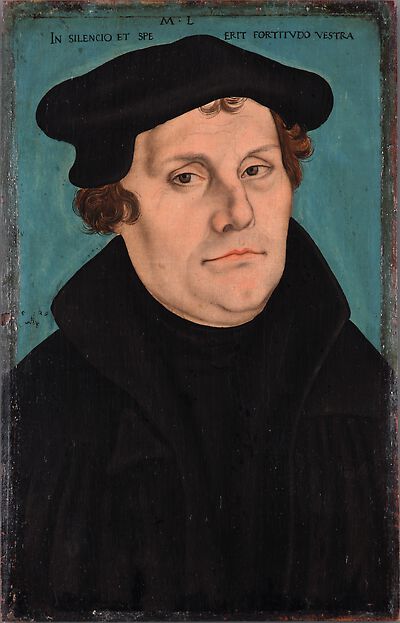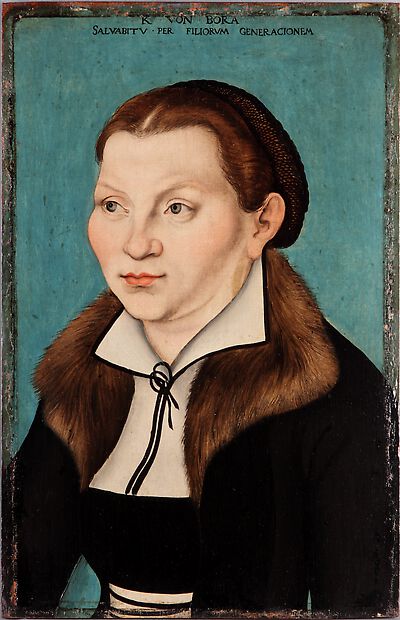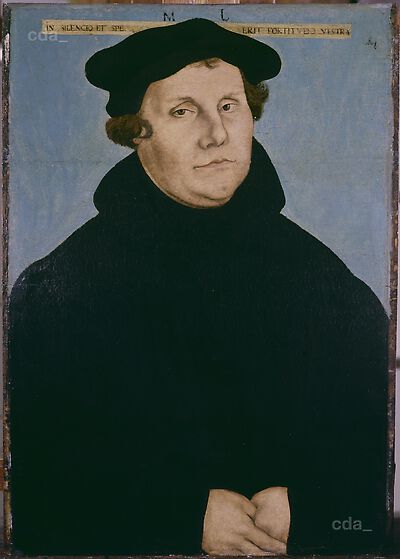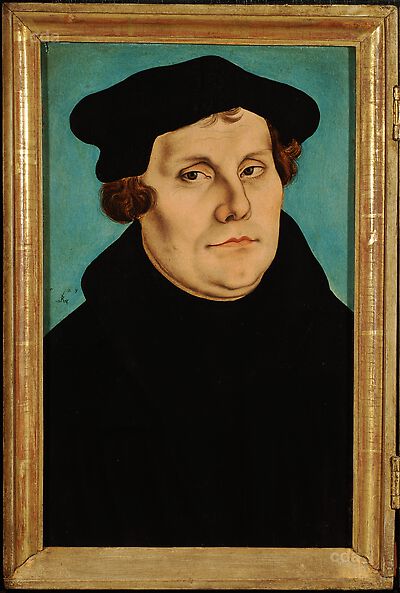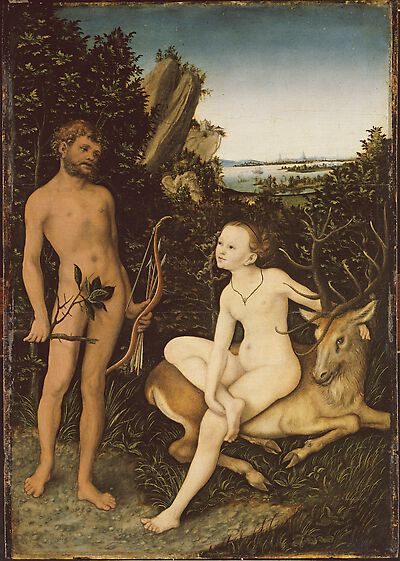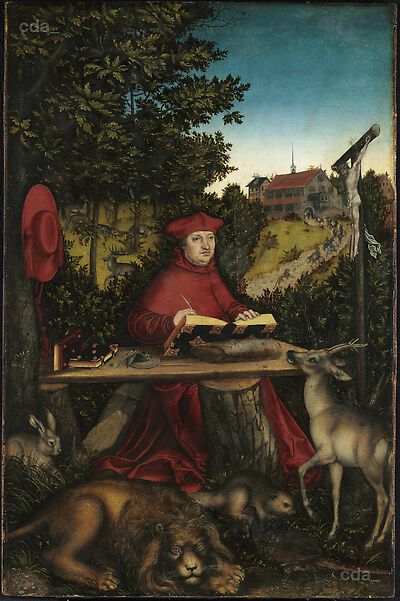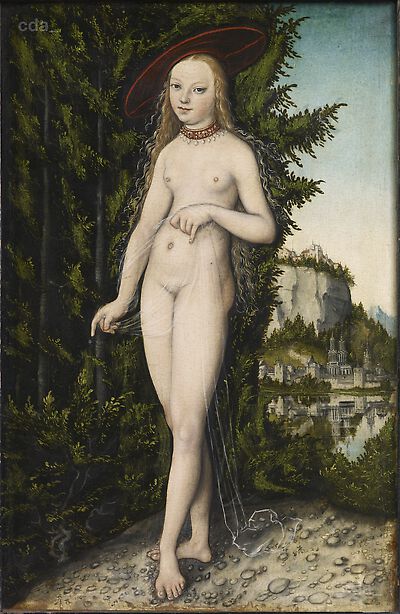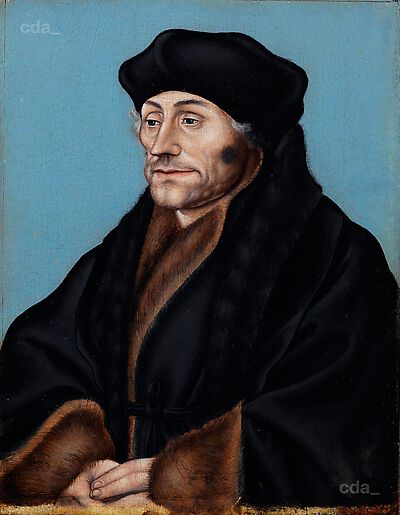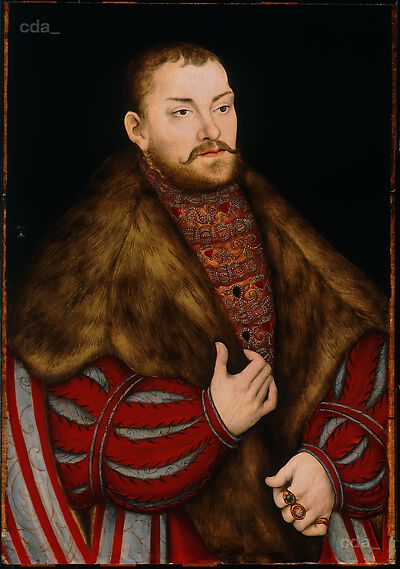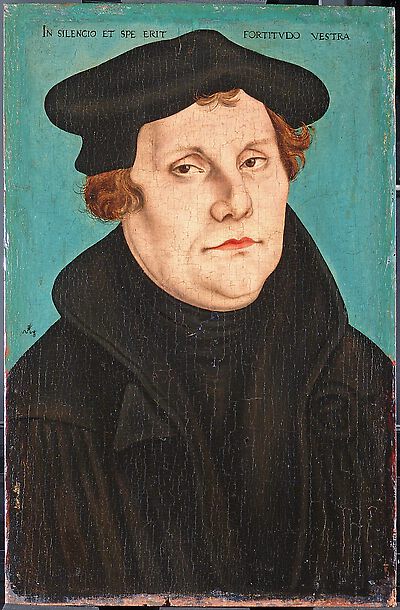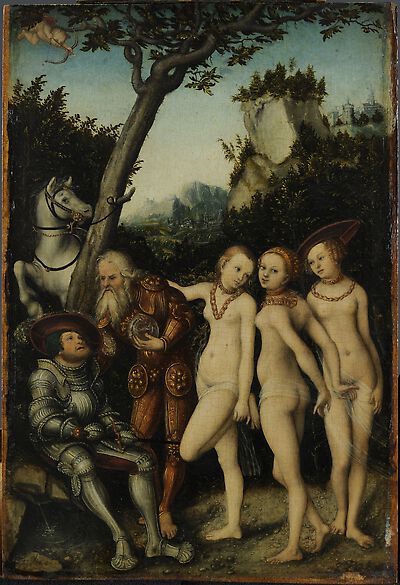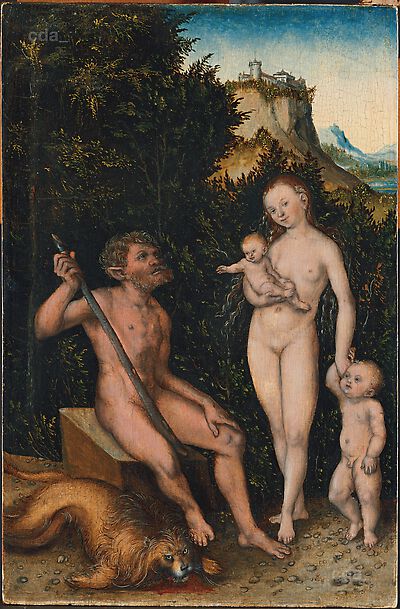The painting depicts Lucretia as a standing three-quarter length figure with an overcoat and a view of a landscape in the background.
Her face is inclined slightly to the left expressing sufferance and she stares into the far distance. In her right hand she holds a long dagger pointed against
The painting depicts Lucretia as a standing three-quarter length figure with an overcoat and a view of a landscape in the background.
Her face is inclined slightly to the left expressing sufferance and she stares into the far distance. In her right hand she holds a long dagger pointed against her breast and in her left hand she elegantly holds the transparent veil. It is wrapped around her waist covering her vulva, but it doesn't hide it because it is transparent. In addition there is a dark red overcoat draped around her as if it had just slipped off her shoulders. She wears a heavy chain and a neckband and her hair is pinned up under a net bonnet decorated with pearls. The background is dark, but a window on the left indicates that she is standing in a room. From the window there is a view into a mountainous landscape with a small town.
According to the legend Lucretia lived in the 6th century BC and was the beautiful and virtuous wife of the roman Collatinus. The roman King's son - Sextus Tarquinius fell in love with her. During a stay in her house Sextus threatened to kill her and shame her honour if she did not surrender to him. After the rape Lucretica had her father and husband vow vengeance and then she stabbed herself. The event led to an uprising in which the royal family was overthrown and the Roman Empire became a Republic.
Depictions of Lucretia who was seen as the epitomy of female virtue, chastity, fidelity and honour enjoyed great popularity, particularly in the 16th century.
[Literature: Bierende 2002, Follak 2002, Livius 1909]
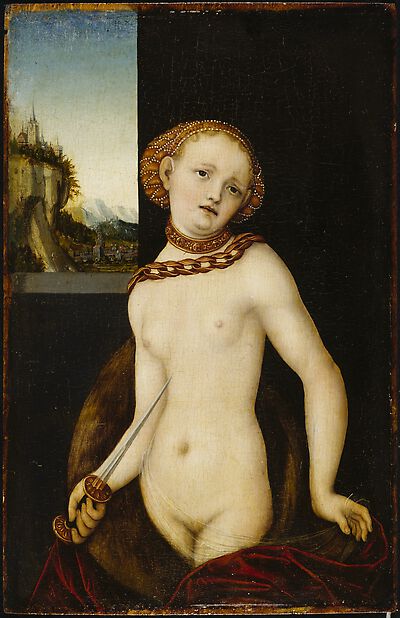
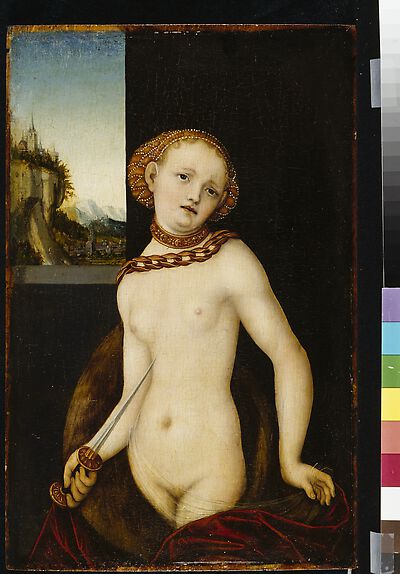

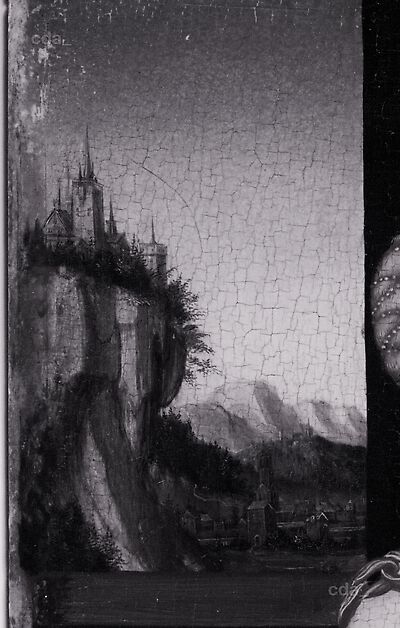
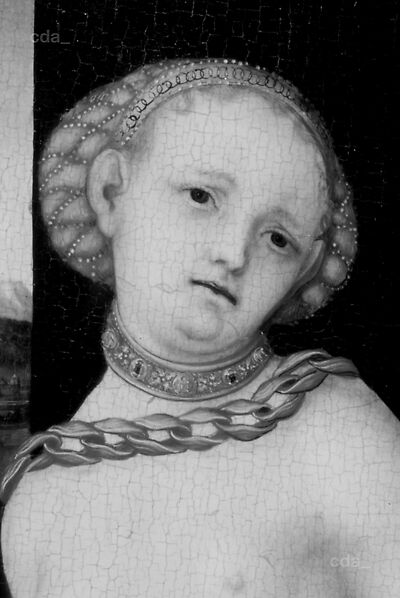

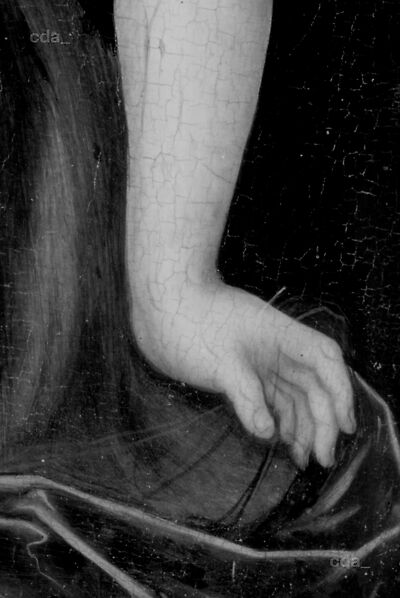
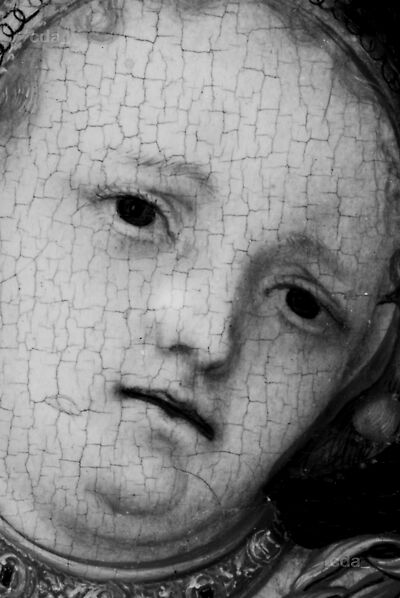
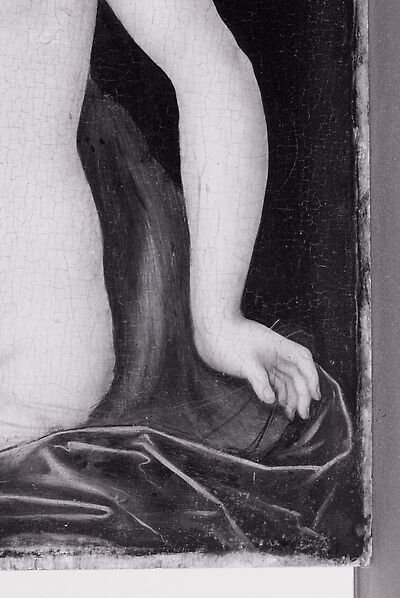
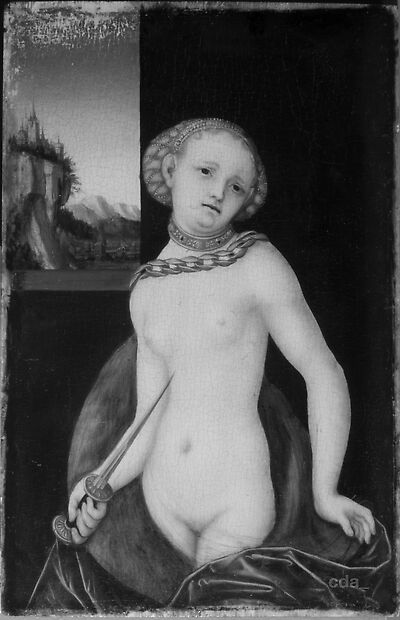
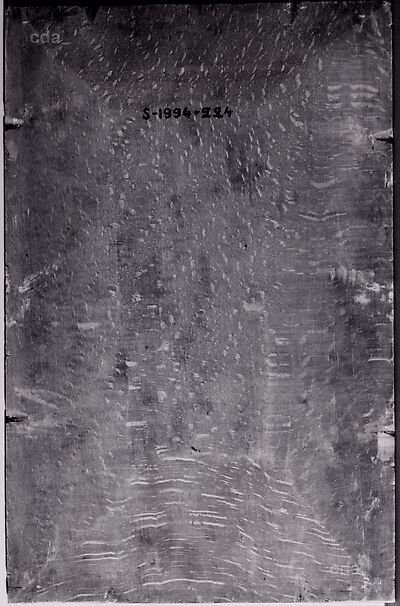
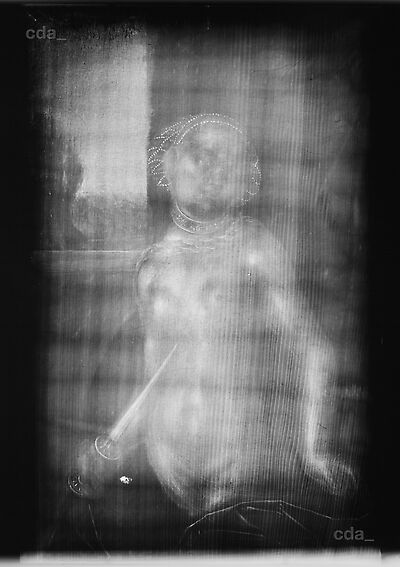
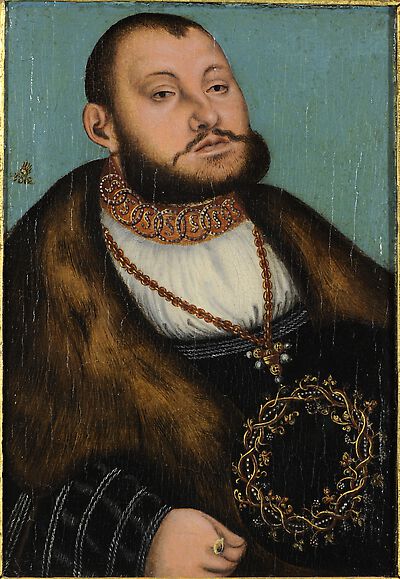
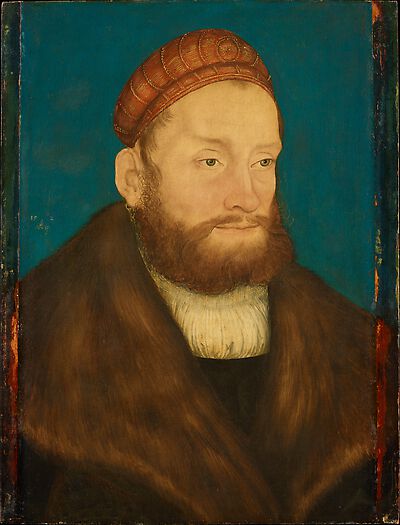

![The Pfirtsch Altar: St Martin [fixed wing panel, left]](https://lucascranach.org/imageserver-2022/DE_BStGS_6264_FRSup007/01_Overall/DE_BStGS_6264_FRSup007_2010_Overall-s.jpg)
![The Pfirtsch Altar: St. Stephan [fixed wing panel, right]](https://lucascranach.org/imageserver-2022/DE_BStGS_6262_FRSup008/01_Overall/DE_BStGS_6262_FRSup008_2011_Overall-s.jpg)

